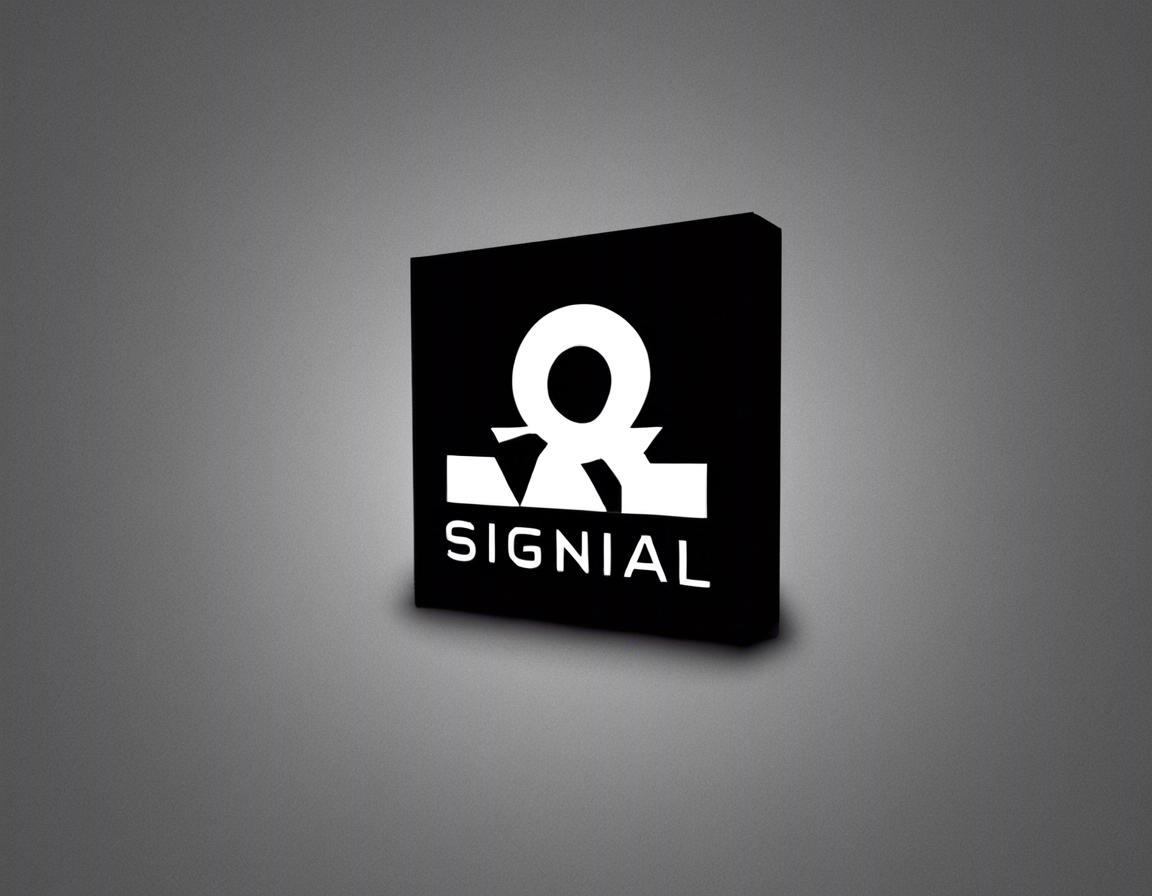Getting Started with Signal: A Beginner’s Guide

Signal is a free and open-source messaging app that prioritizes privacy and security. It offers end-to-end encryption for all your messages, calls, and video chats, ensuring that only you and the intended recipient can see your communications. If you’re looking for a more secure way to communicate, Signal is a great option.
This beginner’s guide will walk you through the basics of using Signal, from downloading and setting up the app to sending messages, making calls, and exploring its advanced features.
1. Downloading and Installing Signal
The first step is to download and install Signal on your device. It’s available for both Android and iOS.
- Android: Download Signal from the Google Play Store.
- iOS: Download Signal from the Apple App Store.
Once downloaded, open the app and follow the on-screen instructions to set it up.
2. Setting Up Your Signal Account
Setting up your Signal account is straightforward:
- Enter your phone number: This is how Signal will verify your identity and connect you with other users.
- Receive a verification code: Signal will send a text message or phone call with a verification code. Enter this code into the app to confirm your number.
- Choose a profile name: Select a name you’d like others to see when you contact them.
- Add a profile picture (optional): This is optional but can help others recognize you.
3. Connecting with Contacts
After setting up your account, you can start connecting with friends and family who also use Signal:
- Import contacts: Signal allows you to import your existing contacts from your phone’s address book. This will identify which of your contacts already use Signal.
- Adding contacts manually: If someone you want to connect with isn’t in your phone’s address book, you can add them manually by entering their phone number.
- Inviting contacts: If someone doesn’t have Signal, you can invite them to join by sharing an invite link.
4. Sending and Receiving Messages
Signal’s messaging interface is simple and intuitive. You can send text messages, images, videos, and even audio notes.
- Compose a message: Tap on the chat icon at the bottom of the screen and select a contact or group. Type your message in the text box and tap the send button.
- Attach media: You can easily add images, videos, or audio recordings by tapping the attachment icon within the chat window.
- Group chats: Signal allows you to create group chats for easy communication with multiple people. You can add or remove members, mute notifications, and adjust group settings.
5. Making Calls and Video Calls
Signal also allows you to make secure voice and video calls.
- Voice calls: Tap on the phone icon at the bottom of the screen and select a contact. You can then make a voice call to their Signal number.
- Video calls: Tap on the video call icon at the bottom of the screen to initiate a video call with a contact.
Signal offers high-quality calls with end-to-end encryption, ensuring your conversations remain private.
6. Exploring Advanced Features
Signal offers a variety of advanced features to enhance your privacy and communication experience:
- Disappearing messages: You can set messages to disappear after a set time, ensuring they are not stored on your device or the recipient’s.
- Encrypted backups: You can create encrypted backups of your Signal messages and data, so you can restore them if needed.
- Screen lock: Signal offers a screen lock feature that requires a PIN code to access the app.
- Signal Desktop: Signal offers a desktop app for both Windows and macOS, allowing you to use Signal on your computer.
7. Privacy and Security
Signal is renowned for its commitment to privacy and security. Here’s why:
- End-to-end encryption: Signal uses end-to-end encryption for all communications, ensuring that only you and the intended recipient can access the message content. This means even Signal itself cannot read your messages.
- Open-source code: Signal’s source code is publicly available, allowing independent security experts to review and audit it for potential vulnerabilities.
- No ads or tracking: Signal doesn’t collect or sell your personal data, and it doesn’t display ads within the app.
8. Signal vs. Other Messaging Apps
Signal is often compared to other popular messaging apps like WhatsApp and Telegram. Here’s a quick comparison:
- WhatsApp: While WhatsApp offers end-to-end encryption, it’s owned by Facebook, raising privacy concerns.
- Telegram: Telegram also offers end-to-end encryption, but it uses cloud storage for messages, which raises potential security risks.
Signal stands out for its unwavering commitment to privacy, open-source code, and lack of advertising.
9. Frequently Asked Questions (FAQs)
Here are some common questions about Signal:
- Is Signal safe? Yes, Signal is widely considered one of the most secure messaging apps available, thanks to its end-to-end encryption.
- Is Signal free? Yes, Signal is completely free to use.
- Does Signal work internationally? Yes, Signal works internationally and you can use it to communicate with people in different countries.
- How do I delete my Signal account? You can delete your Signal account from the app’s settings menu.
10. Conclusion
Signal is a powerful messaging app that puts your privacy first. It offers a secure and reliable way to communicate with friends, family, and colleagues. By embracing end-to-end encryption, open-source code, and a commitment to user privacy, Signal provides a compelling alternative to other messaging apps.
If you’re looking for a secure and private messaging experience, Signal is a great choice. Start using it today and experience the benefits of a truly private and secure communication platform.

